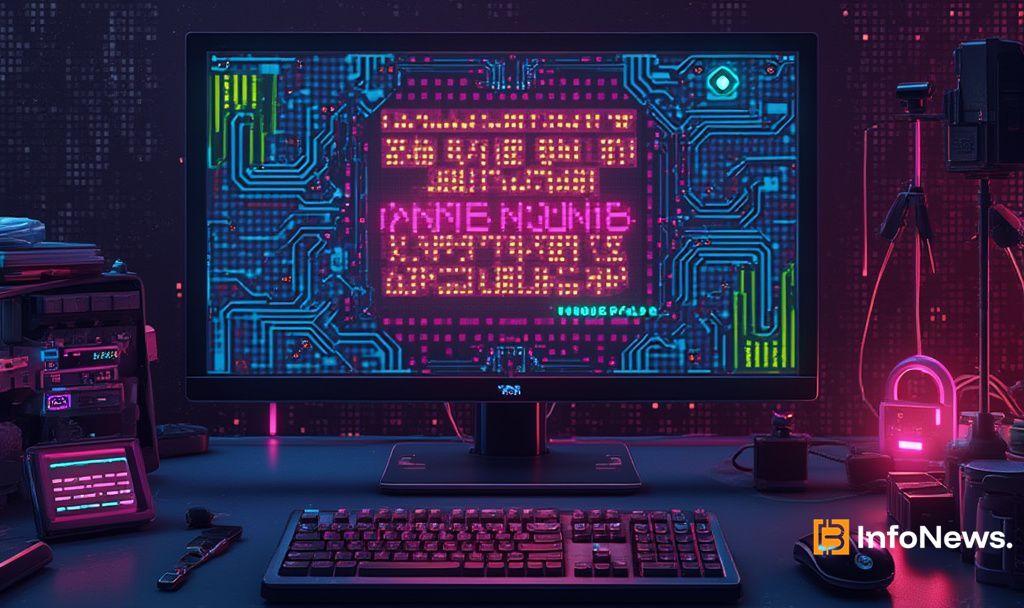Polygon (MATIC) Eyes Revolutionary zkVM Feat With New AggLayer Contributor
- Polygon (MATIC) Labs has unveiled plans to work with Irreducible to launch a Binius-based zkVM.
- Ethereum co-founder Vitalik Buterin has hailed Binius as a game-changer for cryptographic proof efficiency.
- The Binius-based zkVM would be the latest in a growing list of additions to the AggLayer.
The promise of zero-knowledge technology to create more secure, scalable, and privacy-preserving blockchain solutions has seen the technological field receive significant interest in recent years, even spurring the slogan “ZK is the endgame” among projects seeking to scale Ethereum .
Among the teams pushing the boundaries of what is possible in the field is Polygon (MATIC) Labs. Over the past year, the team has unveiled an aggregated chain architecture to infinitely scale Ethereum by horizontally connecting as many ZK-powered chains as possible.
Sponsored
In the latest instance, the team has announced a collaboration to develop a never-before-produced zkVM based on a concept that Ethereum co-founder Vitalik Buterin tipped as a game-changer for cryptographic proof efficiency.
Polygon (MATIC) Labs X Irreducible
Polygon (MATIC) Labs is set to make another ZK leap. On Tuesday, July 23, the team disclosed that the prominent ZK team Irreducible is the latest contributor to the AggLayer amid plans to develop the first-ever Binius-based zkVM for the ecosystem.
For the uninitiated, Binius is a computational proving technique pioneered by Irreducible that leverages a specialized mathematical structure called binary fields to make cryptographic proving more efficient. The concept has received increased attention in recent months in part thanks to high praise from Ethereum co-founder Vitalik Buterin. In April 2024, Buterin argued that Binius brought the evolution of proving technology “to its logical conclusion, building proof systems that run even faster by operating directly over zeroes and ones.”
Polygon (MATIC) Labs intends to combine its engineering skills with Irreducible’s mathematical expertise to take this breakthrough from concept to product. Interestingly, Polygon (MATIC) Labs disclosed that the specific role of the Binius-based zkVM in the AggLayer remained unclear. Still, they noted that the plurality of blockchain use cases made it wise to have as many options as possible.
Sponsored
Irreducible extends the growing list of AggLayer contributors, including Succinct Labs (SP1) , Gateway FM, Espresso Systems, Near (zkWASM prover) , and Union.
On the Flipside
- The Binius-based zkVM may not go live till 2025, as a testnet is only expected at the end of 2024.
- The role of the Binius-based zkVM in the Polygon ecosystem remains unclear beyond offering more options to developers.
Why This Matters
Polygon (MATIC) seeks to connect as many chains as possible to Ethereum using ZK technology. Beyond potentially serving as another leap in the field of ZK, Polygon (MATIC) Labs’ recent collaboration with Irreducible looks set to unlock even more use cases for developers building with Polygon technology.
Read this for more on Polygon (MATIC):
Polygon’s MATIC to POL Migration Set for September: What It Means for You
See how ether ETFs performed on their first day of trading:
Here’s How Ether ETFs Performed on Their First Day of Trading
Disclaimer: The content of this article solely reflects the author's opinion and does not represent the platform in any capacity. This article is not intended to serve as a reference for making investment decisions.
You may also like
ARPA Integrates Random Number Generator into CARV and Sonic SVM

MANTRA Co-Creation: OM token destruction plan will be announced soon
